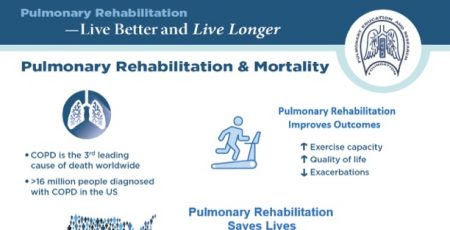
08 Jul Socioeconomic Status and Health Disparities in Lung Function
New research shows widening disparities in respiratory health
Harry B Rossiter, PhD
Despite improvements in air quality and reductions in tobacco use over the past 60 years, socioeconomic disparities in respiratory symptoms, lung function impairments, and the prevalence of pulmonary diseases have persisted and, in some cases, worsened.
This was the major finding of a new research report in JAMA Internal Medicine, from researchers at Harvard Medical School, published last week. The authors conducted an analysis of the National Health and Nutrition Examination Surveys (NHANES) data and predecessor surveys, from 1959 to 2018, to describe the long-term trends in socioeconomic disparities in the respiratory health of 215,399 people.
“Few studies of socioeconomic disparities in lung health have spanned the period that saw landmark policy changes affecting smoking, air quality, occupational exposures, and health care access,” said lead-author Adam W. Gaffney, MD, MPH. “Moreover, because reduced lung function is associated with elevated all-cause mortality… increased socioeconomic disparities in lung function may contribute to the widening gap in life expectancy between poorer and wealthier Americans in the 21st century.”
Rates of smoking decreased overall from 1971 to 2018, but income- and education-based disparities in smoking prevalence actually widened over the same period. Socioeconomic disparities in respiratory symptoms also persisted or worsened over this time. For instance:
- Between 1971 and 1975, 44.5% of those in the lowest income quintile reported shortness of breath on exertion vs 26.4% of those with the highest incomes.
- From 2017 to 2018, the corresponding proportions widened to 48.3% and 27.9%. Disparities in cough and wheezing also rose over time.
- 5% of participants in the lowest income group reported persistent cough in 2011/12; a 2.5% increase in 25 years, while there was a 2.8% decrease in those with the highest income over the same time period. Asthma prevalence rose for all children after 1980, but more sharply among poorer children.
- For COPD, researchers observed increases in income-based disparities over time, from 4.5 percentage points in 1971 to 11.3 percentage points from 2013 to 2018.
The NHANES study has collected objective spirometry data of lung function since at least 1971. Overall, these data showed that disparity between the lowest and highest income brackets of height- and age-adjusted force expiratory volume in 1 second (FEV1) has increased by about 50mL in both men and women. This means that lung function in those in the lower socioeconomic groups continues to fall, suggesting that the benefits of improved air quality and smoking reductions have not been equally distributed across American society.
These new findings highlight more than ever the need for respiratory research to identify why these disparities in respiratory health persist and identify ways to reduce them. PERF supports research at the Rehabilitation Clinical Trials Center at the Lundquist Institute (affiliated with the county hospital at Harbor-UCLA Medical Center) to investigate these issues. The center offers spirometry testing at no cost to those participating in research.





No Comments